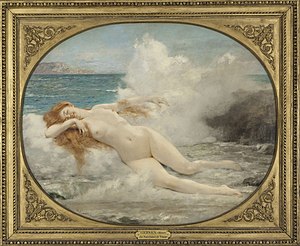.mw-parser-output .hidden-begin{box-sizing:border-box;width:100%;padding:5px;border:none;font-size:95%}.mw-parser-output .hidden-title{font-weight:bold;line-height:1.6;text-align:left}.mw-parser-output .hidden-content{text-align:left}@media all and (max-width:500px){.mw-parser-output .hidden-begin{width:auto!important;clear:none!important;float:none!important))You can help expand this article with text translated from the corresponding article in French. (April 2022) Click [show] for important translation instructions.
Machine translation, like DeepL or Google Translate, is a useful starting point for translations, but translators must revise errors as necessary and confirm that the translation is accurate, rather than simply copy-pasting machine-translated text into the English Wikipedia.
Do not translate text that appears unreliable or low-quality. If possible, verify the text with references provided in the foreign-language article.
You must provide copyright attribution in the edit summary accompanying your translation by providing an interlanguage link to the source of your translation. A model attribution edit summary is Content in this edit is translated from the existing French Wikipedia article at [[:fr:La Naissance de Vénus (Gervex)]]; see its history for attribution.
You may also add the template ((Translated|fr|La Naissance de Vénus (Gervex))) to the talk page.
For more guidance, see Wikipedia:Translation.

The Birth of Venus is a 1907 painting by the French artist Henri Gervex. It is now in the Petit Palais, in Paris. It depicts the Greek goddess Venus (Aphrodite) washed up to shore after her birth, when she had emerged from the sea fully-grown (called Venus Anadyomene and often depicted in art).[1]